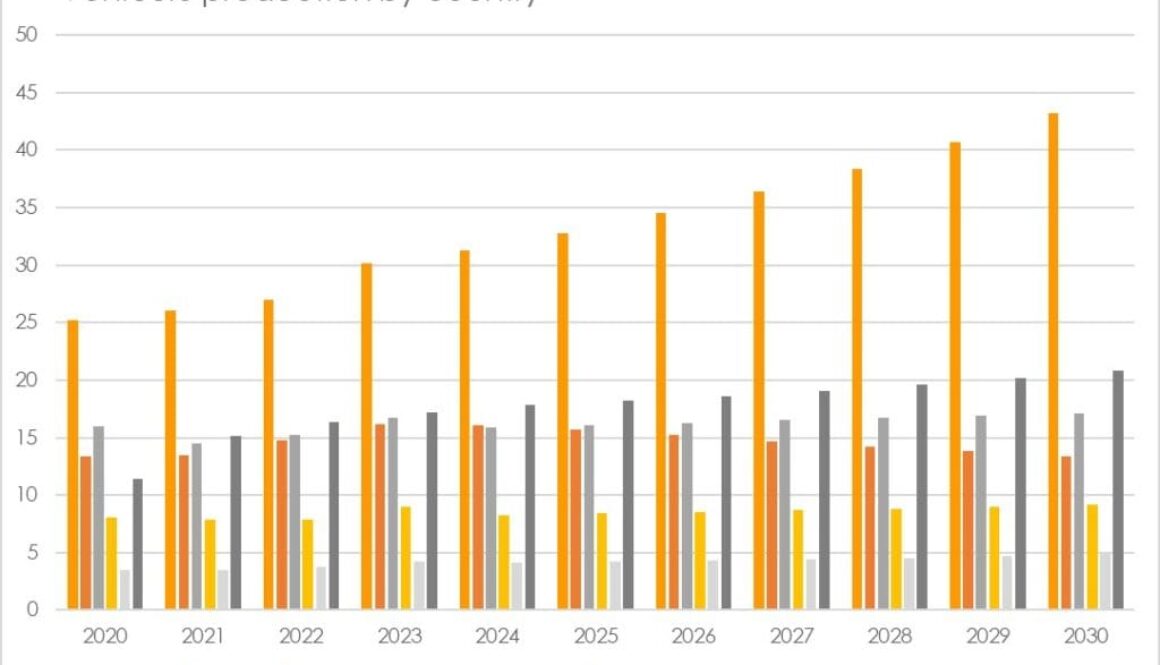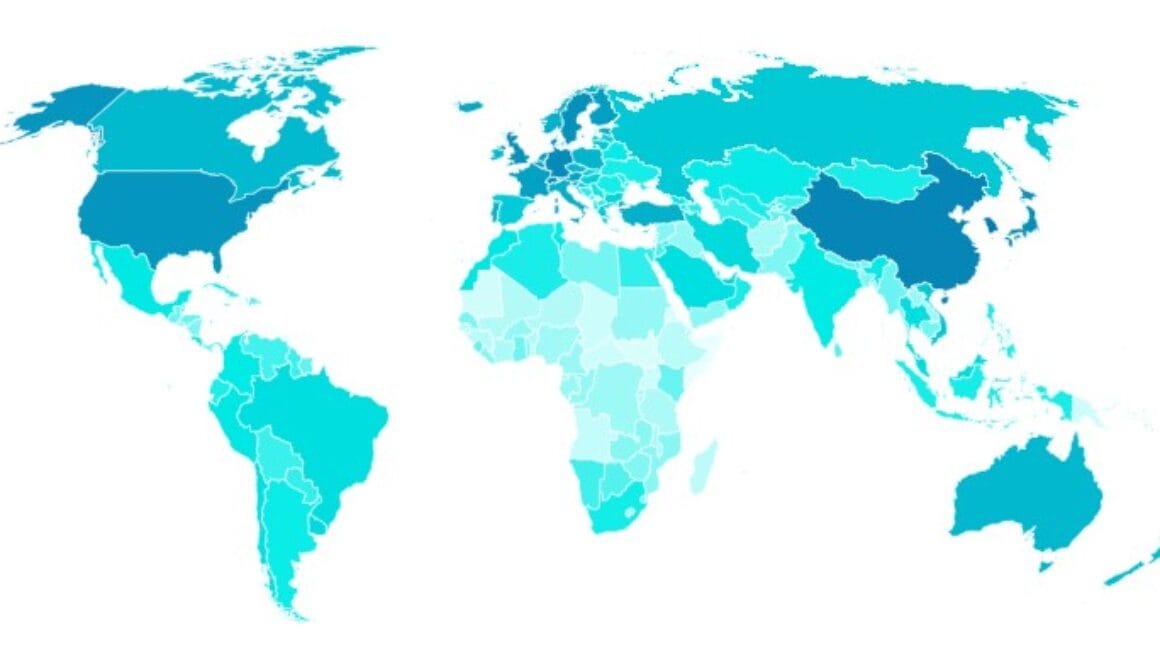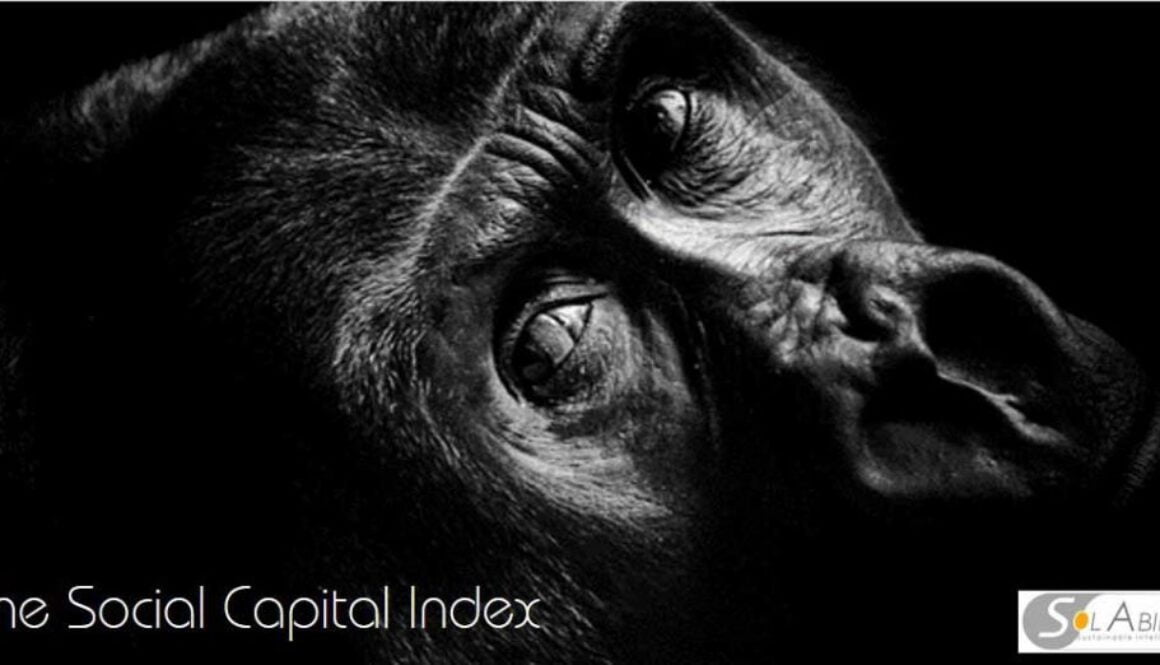Global carbon removal with hemp biochar
Large-scale CO2 removal with hemp-based bio-char: Creating 100 million jobs. Removing 10 gigatonnes of CO2 from the atmosphere (30% of 2025 global emissions). Five years pay-back.
Explore the latest cutting-edge insights on ESG and sustainable competitiveness

Large-scale CO2 removal with hemp-based bio-char: Creating 100 million jobs. Removing 10 gigatonnes of CO2 from the atmosphere (30% of 2025 global emissions). Five years pay-back.

The next five years will determine which car companies successfully navigate the electric transition and which companies become casualties of technological and market disruption.
Using a mixture of conventional statistical economic and deep-learning AI tools, we have built a forecasting model using historical car industry performance and production data, combined with brand power and consumer perceptions, model-line ups, and speed of adaption to identify winners and losers.

The quality and availability of education in the past are strong predictors of current R&D and innovation capacities, while today’s educational performance shapes future innovation potential. Robust and extensive R&D activities form the foundation for developing value-added technologies and services. Consequently, educational performance indicators are critical for assessing a nation’s long-term ability to sustain innovation […]

Fossil Fuels Are No Longer CompetitiveRenewable electricity is now the cheapest form of energy, and electric vehicles and heating cheaper than fossil. Demand for fossils is to peak in 2025, and drastically decline after 2030.Controlling fire is what distinguished humans from other species. It allowed us to survive and thrive in colder climate. Making a […]

How to become sustainable and competitive: key policies to achieve sustainable competitiveness throughout all dimensions of a country

The Global Sustainable Competitiveness Index 2022 11th edition The Global Sustainable Competitiveness Index (GSCI) measures national development and green growth since 2012. the GSCI is based on 189 quantitative indicators derived from renowned international organisations to present a comprehensive view of a nation’s potential. The Indicators are grouped into the six pillars of a nation-economy: […]

ESG Country Ratings vs Sovereign Bond Ratings Sovereign bond ratings are heavily influenced by the large rating providers – Moody’s, S&P, and Fitch. The comparison of the conventionally applied sovereign bond ratings and ESG country credit ratings based on the Global Sustainable Competitiveness Index (GSCI) shows: ESG-adjusted ratings and conventional ratings show significant differences. Under […]


ESG risks and opportunities: sovereign bond and credit ratings need to integrate sustainability: Credit rating define the interest a country has to pay on loans, credits, state bonds, in short – on debt. Considering the level of state debts, the credit rating has a significant impact on the capital cost of nations. The most important […]